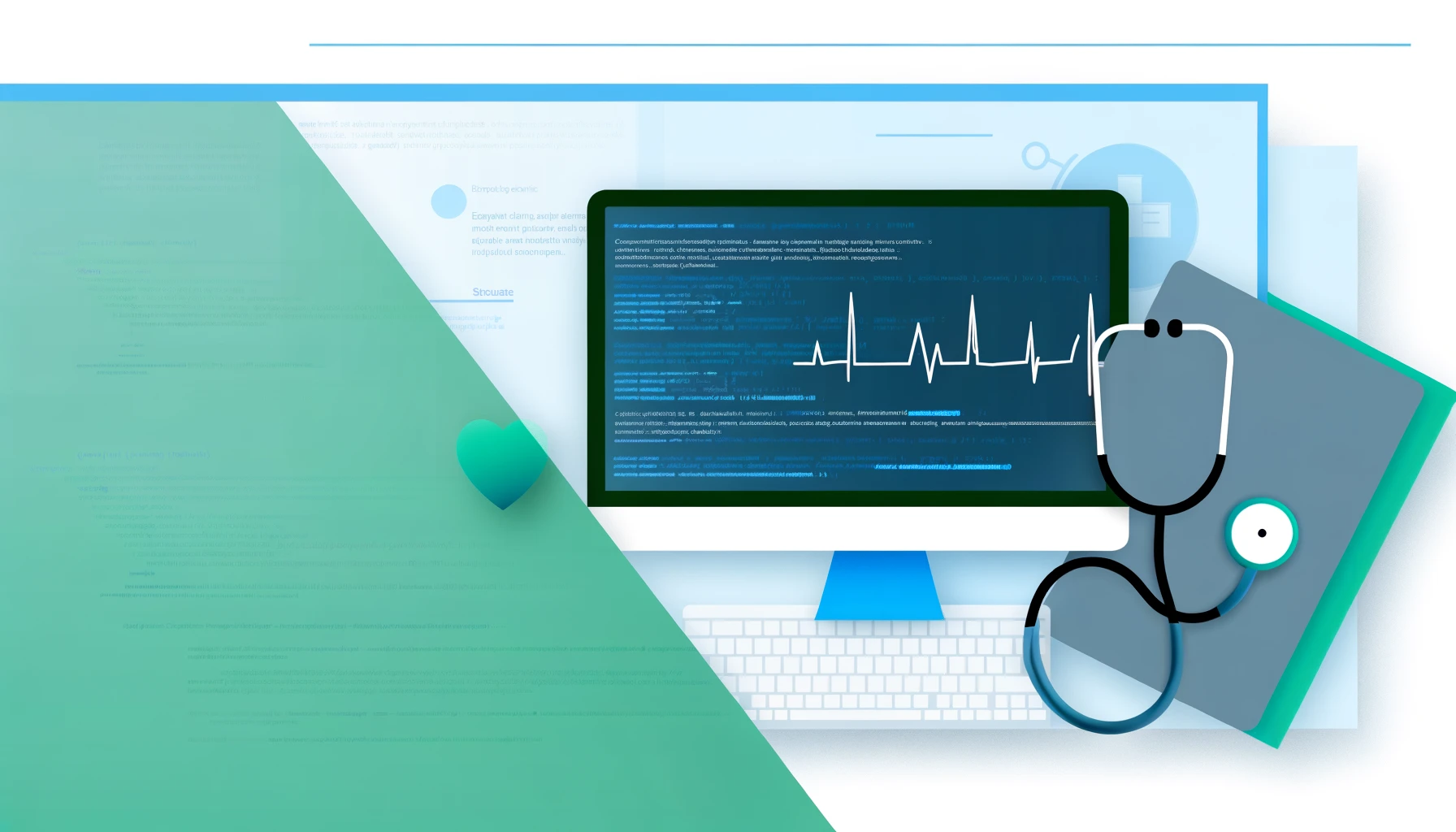
Navigating the Complexities of Healthcare Software Development
January 15, 2024
Introduction
The intersection of technology and healthcare presents a unique challenge for developers: creating cutting-edge solutions that adhere to rigorous regulatory standards. This blog post explores the intricacies of healthcare software development, highlighting best practices, common challenges, and the evolving landscape.
The Crucial Role of Compliance
HIPAA and GDPR: Ensuring Data Privacy and Security
Compliance is fundamental in medical software development, with regulations such as HIPAA in the U.S. and GDPR in Europe setting the framework. These regulations enforce strict measures to protect patient information, necessitating that developers incorporate advanced encryption, secure data storage, and stringent access controls into their software.
Emphasizing User-Centric Design
Ease of Use for Medical Professionals and Patients
It is essential for medical software to be intuitive and user-friendly. Involving healthcare professionals and sometimes patients in the design process ensures the software meets actual needs. Regular feedback and usability testing refine the user interface, enhancing the effectiveness and efficiency of the software for its end users.
The Challenge of Integration
Interoperability with Existing Systems
A significant hurdle in medical software development is achieving interoperability with pre-existing healthcare systems. Effective software must integrate smoothly with various electronic health records (EHRs), diagnostic tools, and other health tech platforms, which is crucial for continuous care and accurate patient data management.
Staying Ahead with Emerging Technologies
Leveraging AI and Machine Learning
The adoption of AI and machine learning is transforming patient care, enabling capabilities like predictive analytics for patient outcomes and automated radiological image analysis. Developers must carefully consider the ethical implications and strive for transparency and fairness in their algorithms to avoid biases.
Overcoming Regulatory Hurdles
Navigating the FDA Approval Process
In the U.S., the FDA’s role is crucial in the approval of medical software that directly impacts patient care. Developers must have an in-depth understanding of the regulatory environment and be prepared for extensive testing and validation to navigate this complex approval process.
Conclusion
Medical software development is a field marked by its potential to revolutionize healthcare but also by the complexity of its execution. Developers must balance innovation with compliance, integrate new technologies thoughtfully, and maintain a clear focus on user needs. As this field continues to evolve, staying informed and adaptable is key to success.
Learn More About Our Services
Are you looking for expert medical software development services? Discover how Saga IT can support your projects with our comprehensive software development solutions. Read more about our services and how we can help you navigate the complexities of medical software development.
READING DONE
